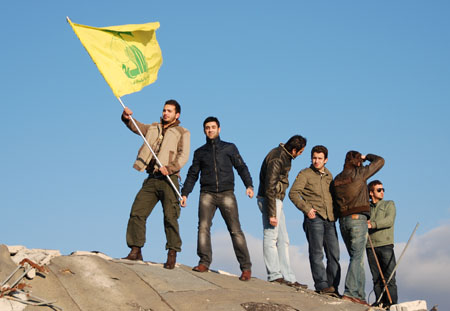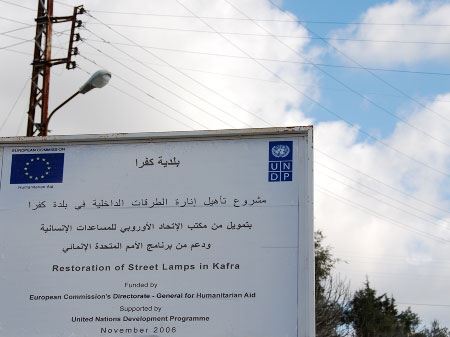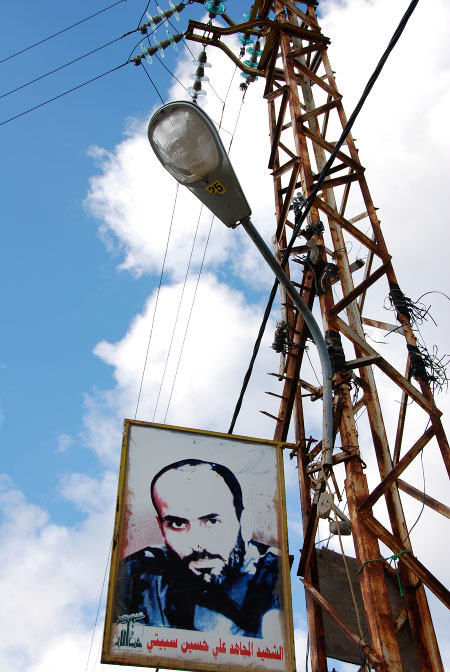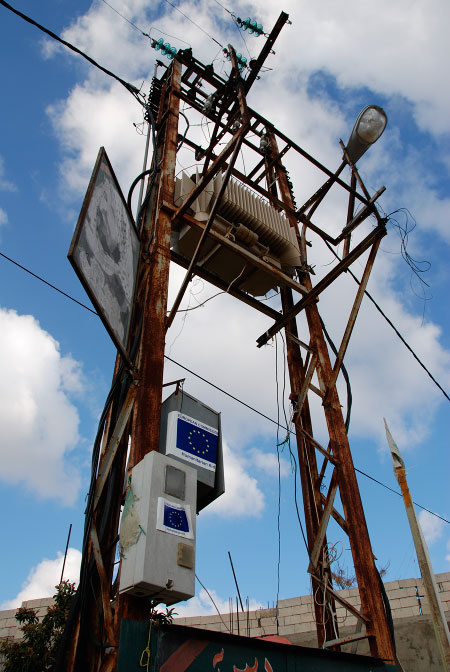Delhi metro now moving more people per day than the entire Dutch national railways

delhi metro > ns
This was mentioned in passing in an item on carbon trading that ran in today’s NOS evening news: the delhi metro is now transporting more passengers per day than the dutch national railways. a quick check on wikipedia shows that this is a bit of an understatement: daily ridership of the delhi metro system is 1.8M passengers per day while the NS is moving a mere 1.1M passengers per day (and struggling to do so i might add).
This figure pretty much blows my mind in a number of ways. while there have been railways in the netherlands since 1839 the delhi metro did only exist for a year or so when i first came to delhi in 2003. in less then 10 years this system has evolved into a system with 6 lines, 142 stations and 190KM of tracks. if you believe the delhi capital website you can even rent bicycles at some stations (back in 2003 the fact that i cycled from conaught circle to sarai was considered completely insane).
This is quite an achievement for a city that did not have much of a public transport infrastructure until 5 years ago. I still vividly how during one of my first trips on the delhi metro i observed multiple grown ups who tried to get a grip on the escalators in various stations. Seeing grown ups, how had clearly never encounters an escalator before, gathering the courage to step onto the moving stairs was one of the most powerful illustrations of modernization that i can imagine.
In the same vein the fact that there are now more riders on the delhi metro than on the the entire NS system strikes me as one of the most powerful illustrations of the insignificance of what is happening in the europe vis-a-vis the rest of the world and asia on particular…





